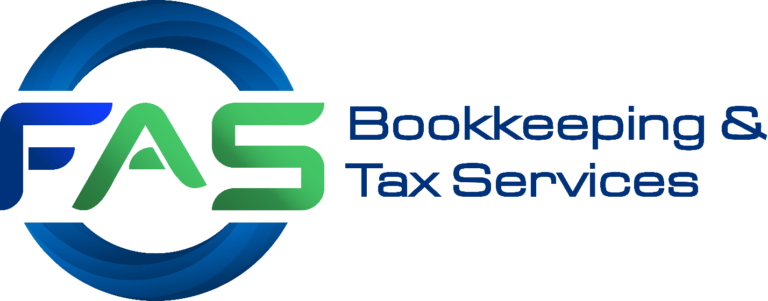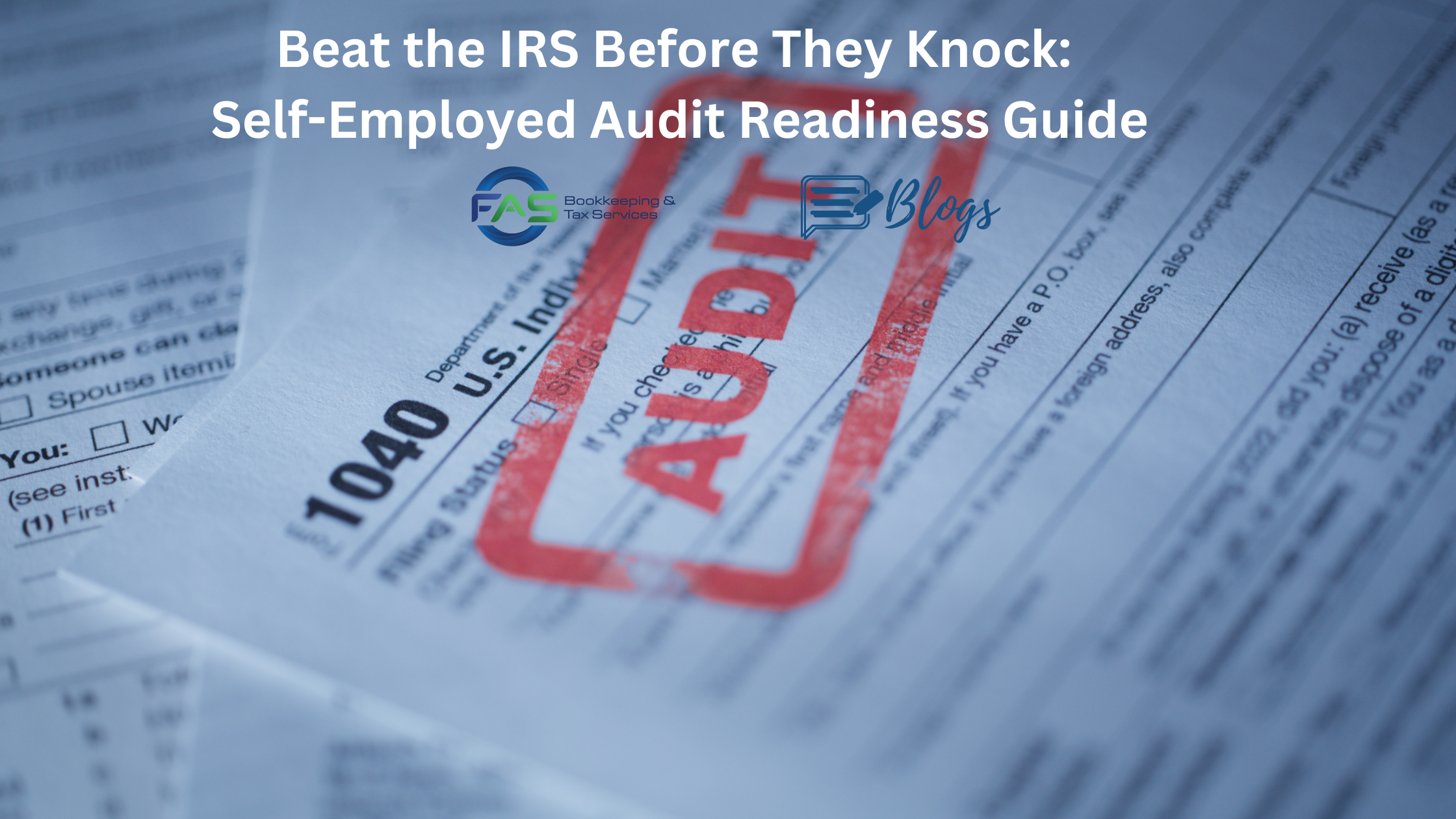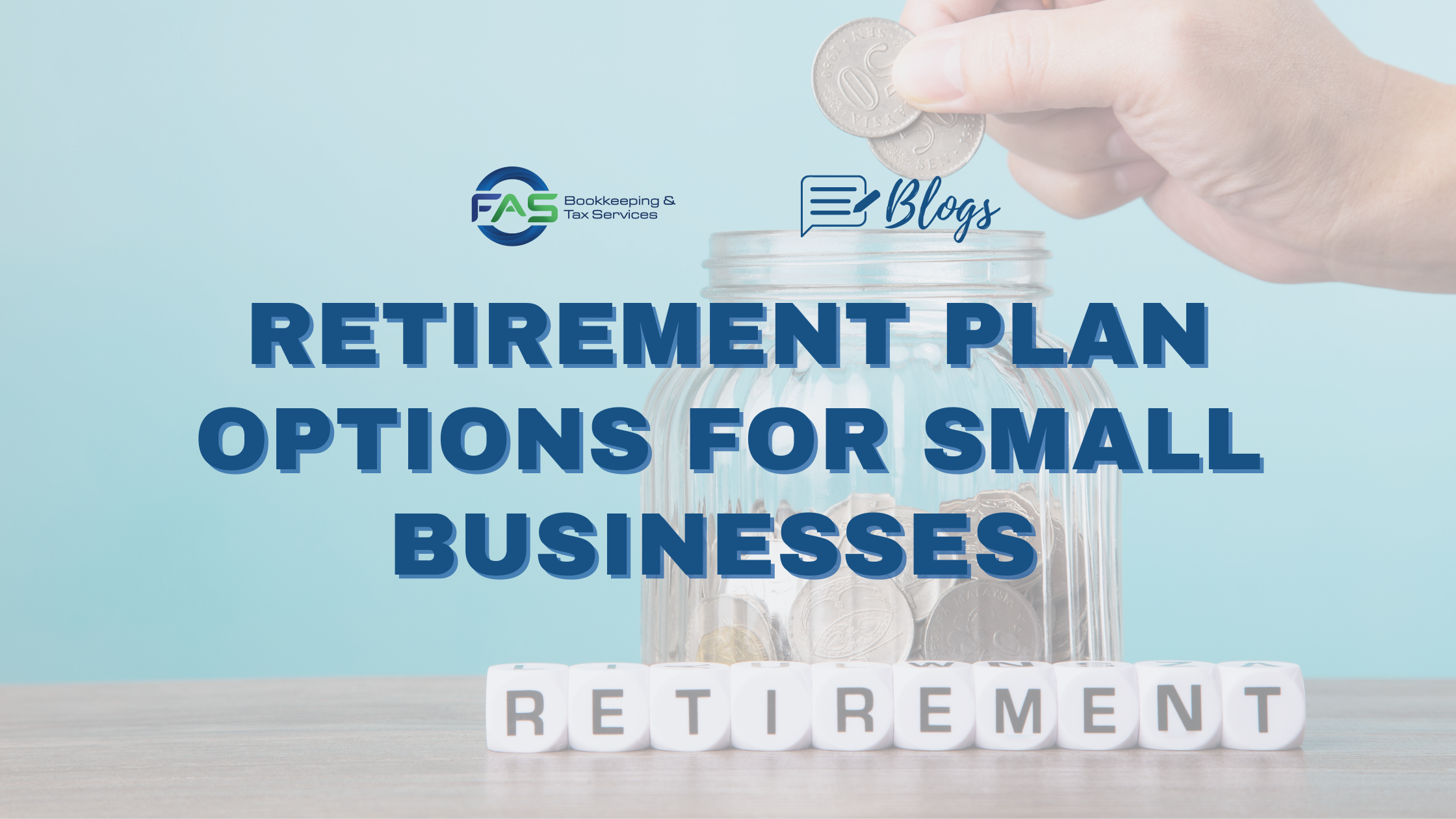Retirement Plan Options for Small Businesses
Half of all Americans who work in the private sector are employed by small firms, according to the US Small Business Administration. However, most small businesses do not provide their employees with access to a retirement savings plan.
Like many U.S. small business owners, you might be thinking about your company’s retirement plan alternatives. Retirement savings schemes offered by employers are becoming important. Additionally, they play an increasingly crucial role in helping you find and keep the top talent you need to succeed in today’s business climate.
However, as an employer, you can also reap benefits that help you make the most of your company’s assets by establishing a retirement plan for your staff. Benefits include:
- Low-cost benefit with a highly-perceived value by your employees
- Tax-deferred growth on earnings within the plan
- Current tax savings on individual contributions to the plan
- Immediate tax deductions for employer contributions
Types of Plans
You can choose between a defined benefit plan and a defined contribution plan for your retirement if you work in the private sector. The goal of a defined benefit plan is to guarantee each participant a certain amount of money in retirement. With this strategy, you can acquire money in a short amount of time. Each year, the needed contribution is calculated using actuarial data that takes into account factors including the employee’s age, tenure with the company, the size of the future pension, and the current value of the retirement plan. As a rule, contributions must be made annually, and the amounts are often rather different from year to year.
A defined contribution plan, on the other hand, does not guarantee any particular level of retirement benefit for participants. Depending on the plan, either the employee or the company will make contributions to the participant’s account (such as 5 percent of salary annually). One such form of defined contribution plan is the 401(k) scheme. Profit-sharing programs, money-purchase programs, and employee stock-ownership programs are all examples of defined contribution programs.
Defined contribution plans and defined benefit plans are also options for small enterprises. Numerous banks and pension consultants offer “prototype” plans that have already been accepted by the IRS and can be used as a starting point for creating your own defined benefit or defined contribution pension. A plan is considered qualified and eligible for four major tax breaks if it satisfies the standards of the tax code.
- Because the assets of the plan are held and managed within a tax-exempt trust, the income generated by those assets is not subject to income tax.
- The company can immediately deduct the cost of its contributions to the plan from its income.
- Income tax on the amounts contributed on behalf of the plan participants (the employees or their beneficiaries) is deferred until the year the funds are distributed by the employer.
- Under certain conditions, the beneficiaries of distributions from qualified retirement plans are eligible for favorable tax treatment.
Note that all retirement programs have significant tax, business, and other implications for both employers and employees. Because of this, before starting a retirement savings plan, you should consult with a tax expert or financial planner.
Take a quick look at the following to learn about some savings options for you and your staff.
SIMPLE: Savings Incentive Match Plan
The employer and employee each make contributions to a SIMPLE IRA based on the employee’s percentage of salary. In 2022, employees can use payroll deduction to put away up to $14,000 into a SIMPLE IRA. In the event that the worker is 50 or older, they are eligible to contribute an additional $3,000. There are two options for employer contributions: either a dollar-for-dollar match up to 3% of an employee’s salary, or a flat contribution of 2% of salary for all qualifying workers.
A SIMPLE IRA plan can be quickly established by completing a brief application form. The financial institution that manages the SIMPLE IRA accounts handles the bulk of the paperwork, resulting in modest administrative costs. Employers have the option of letting workers choose which IRA gets their contributions or sending everyone’s money to the same bank. Employee contributions are fully vested, employees have control over how and where their funds are invested, and IRA balances follow them from job to job.
October 1 deadline. Beginning in 2022, you can establish a Simplified Employee Pension Individual Retirement Account (SIMPLE IRA) plan on any day from January 1 to October 1. If your business started up after October 1st, you can start the SIMPLE IRA plan as soon as it is feasible from an administrative standpoint.
SEP: Simplified Employee Pension Plan
To help save for retirement, a SEP plan enables businesses to open SEP IRAs for themselves and their employees. Each employee must get the same percentage of their salary as an employer contribution. A worker’s employer can’t put in more than 25 percent of their salary, or $61,000 in 2022. Employers of any size, including sole proprietors, are eligible to establish SEPs.
It only takes a quarter of a page to set up a SEP plan and the associated fees are minimal. Companies are not obligated to contribute annually. The amount you contribute to your SEP IRA each year is up to you, giving you some leeway as business conditions change.
401(k) Plans
Retirement savings programs like 401(k)s have gained widespread popularity among small firms because they allow workers to set aside a percentage of their salary for retirement. Participant salary is reduced before income taxes are taken out, up to a maximum of $20,500 in 2022, as employee contributions. There is an additional $6,500 contribution option for employees age 50 and up in 2022. When employers agree to match a portion of their employees’ contributions, it encourages more workers to join the plan.
Employees can save more with 401(k) plans than with SIMPLE IRAs or individual retirement accounts (IRAs), despite the former’s simplicity.
Profit-Sharing Plans
In addition to employee contributions, employers can make non-equity profit-sharing contributions to plans. If your company’s revenues are iffy or unpredictable, a profit-sharing plan may be a good option. A Profit-Sharing Plan has more leeway than a Simple Employee Pension Plan (SEP) in terms of selecting the amounts of the contributions, as well as the vesting schedule, plan loans, and service conditions for eligibility.
From zero percent to twenty-five percent of salary, up to a maximum of $61,000 in 2022, can be contributed. Annual contributions cannot be more than 25% of participants’ base salaries. Everyone in the workforce does not have to contribute the same amount. The top tier of employees could receive as much as 25%, while the bottom tier could receive only 3%. These profit-sharing payments may be combined with 401(k) payments under some plans (and matching contributions).
Seek the Advice of Experts
It is crucial to contact a tax and accounting professional before determining which plan is suitable for you and your employees because the laws for setting up retirement plans are complicated and the tax elements of retirement plans can also be perplexing.
Contact us today and we’ll help you figure out which plan is better for you and your employees.





